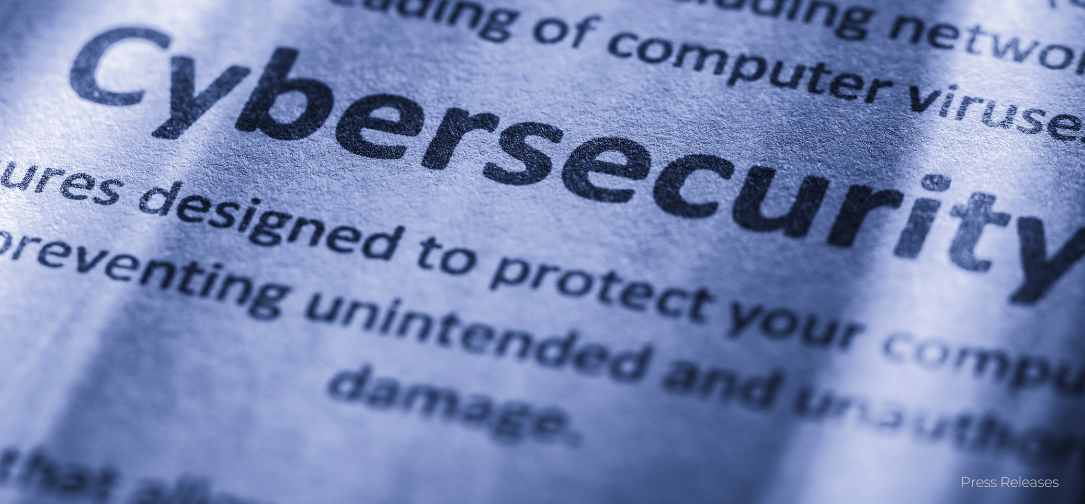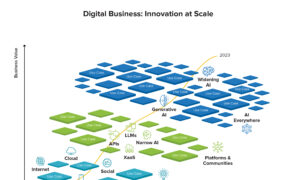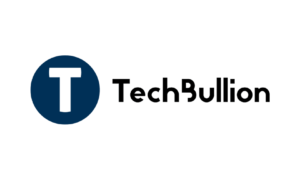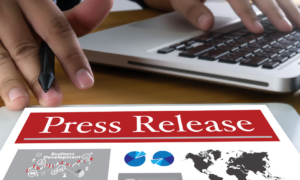Trust is essential for online safety. Cybersecurity announcements, especially press releases, play a key role in building this trust. They inform the public about threats and solutions, helping people feel secure when they use technology. This article explores how effective press releases can enhance digital trust and what the future holds for cybersecurity communication.
Key Takeaways
- Press releases help people understand cybersecurity threats and solutions.
- Clear communication is vital for building trust in digital security.
- Expert insights can make press releases more credible and informative.
- Timely updates keep the public informed about new threats and defenses.
- Future trends include using AI and new security standards to improve trust.
The Importance of Cybersecurity Trust Press Releases
In today’s digital world, building digital trust is essential for businesses and individuals alike. Cybersecurity trust press releases play a crucial role in this process. They help organizations communicate openly about threats and solutions, which fosters a sense of security among users. When companies share information transparently, it builds confidence and encourages people to engage with their services.
Press releases are not just about announcing new products or services; they are vital for cybersecurity awareness. By informing the public about potential risks and how to mitigate them, these announcements can significantly enhance public understanding of cybersecurity issues. This awareness is key to creating a safer online environment for everyone.
Moreover, effective press releases can greatly enhance public trust. When organizations provide timely and accurate information, it reassures customers that they are taking cybersecurity seriously. This trust is essential for maintaining strong relationships with clients and partners, especially in an era where cyber threats are constantly evolving. By prioritizing clear communication, companies can ensure that their stakeholders feel secure and informed about their digital interactions.
Key Elements of an Effective Cybersecurity Trust Press Release
Clear Communication of Threats and Solutions
In today’s digital world, it is crucial for companies to clearly explain any cybersecurity threats they face. When a company communicates effectively, it helps everyone understand the risks involved. This transparency builds trust with customers and partners. For example, the cybersecurity maturity model certification program emphasizes the importance of annual checks to ensure companies are accountable for their cybersecurity practices.
Incorporating Expert Opinions and Insights
Including expert opinions in press releases can make the information more credible. When industry leaders share their insights, it shows that the company is serious about cybersecurity. This not only informs the public but also reassures them that experts are involved in managing risks.
Timely and Accurate Information Dissemination
Timing is everything in cybersecurity. When a threat occurs, companies must act quickly to share accurate information. Delays can lead to confusion and mistrust. By providing timely updates, organizations can help the public stay informed and prepared, reinforcing their commitment to digital trust.
Case Studies: Successful Cybersecurity Trust Press Releases
DigiCert’s Approach to Digital Trust
DigiCert has set a strong example in the world of cybersecurity trust. At their annual Security Summit, they emphasized the importance of digital trust in today’s connected world. They shared insights on how businesses can manage their online security effectively. The company’s leaders discussed how cybersecurity threats are growing and how organizations must adapt to these changes. They highlighted that building trust is essential for both customers and partners.
Impact of the U.S. Cyber Trust Mark Initiative
The U.S. Cyber Trust Mark Initiative aims to create a standard for cybersecurity practices. This initiative helps businesses show their commitment to cybersecurity. By participating, companies can gain recognition for their efforts in protecting digital information. This not only boosts their reputation but also helps customers feel safer when interacting with them online. The initiative is a step towards a more secure digital environment for everyone.
Lessons from the Nagoya Port Ransomware Attack
The ransomware attack at the Port of Nagoya serves as a crucial lesson in cybersecurity. This incident disrupted operations at Japan’s largest port, highlighting the need for effective communication during crises. The response to this attack showed how important it is for organizations to share information quickly and clearly. By doing so, they can help the public understand the situation and regain trust. This case illustrates the vital role of press releases in managing public perception during cybersecurity incidents.
Challenges in Crafting Cybersecurity Trust Press Releases
Balancing Technical Details with Public Understanding
Crafting a cybersecurity press release is not easy. One major challenge is finding the right balance between technical details and what the general public can understand. While experts may want to include complex terms and jargon, it’s crucial to remember that most readers may not be familiar with these concepts. This can lead to confusion and mistrust. Clear communication is essential to ensure that everyone understands the message.
Addressing Rapidly Evolving Cyber Threats
Another significant challenge is the fast pace at which cyber threats evolve. New types of malware and attacks appear almost daily, making it hard for companies to keep their press releases up to date. If a press release is based on outdated information, it can mislead the public and damage trust. Companies must be vigilant and ready to adapt their messages as new threats emerge, ensuring that they provide the most current and relevant information.
Maintaining Consistency Across Multiple Channels
Finally, maintaining consistency across various communication channels can be difficult. Different platforms may require different formats or styles, which can lead to mixed messages. It’s important for organizations to have a unified voice and message, regardless of where the information is shared. This consistency helps build trust and ensures that the public receives a clear and coherent understanding of the cybersecurity measures being taken.
In summary, crafting effective cybersecurity trust press releases involves overcoming challenges related to communication clarity, adapting to evolving threats, and ensuring message consistency across platforms. By addressing these issues, organizations can better protect digital trust and reassure their audiences about their commitment to security.
Future Trends in Cybersecurity Trust Press Releases
The Rise of AI and Automation in Cybersecurity
As technology continues to advance, artificial intelligence (AI) is becoming a key player in cybersecurity. Companies are now using AI to quickly identify and respond to threats. This means that press releases will likely include more information about how AI is being used to protect data and systems. By sharing these updates, organizations can show their commitment to staying ahead of cyber threats and maintaining digital trust.
Increasing Importance of Zero Trust Architectures
The concept of zero trust is gaining traction in the cybersecurity world. This approach assumes that threats could be both inside and outside an organization. As a result, press releases will need to explain how companies are implementing zero trust strategies. This transparency helps build confidence among customers and partners, showing that organizations are serious about protecting their information.
Evolving Standards and Regulations
With the rise of cyber threats, standards and regulations are constantly changing. Companies must stay updated and communicate these changes effectively. Future press releases will likely focus on how organizations are adapting to new rules and what steps they are taking to comply. This will not only inform the public but also reinforce the idea that the organization is a steward of digital trust.
In summary, as the landscape of cybersecurity evolves, so too will the way organizations communicate about their efforts. By embracing AI, zero trust principles, and staying compliant with regulations, companies can enhance their digital trust and keep their stakeholders informed.
The Role of Industry Leaders in Shaping Cybersecurity Trust
In today’s digital world, industry leaders play a crucial role in building and maintaining cybersecurity trust. They are often seen as the stewards of digital trust, guiding organizations through the complexities of online security. By sharing their insights and experiences, these leaders help shape public understanding of cybersecurity issues. For instance, during events like the DigiCert Security Summit, experts discuss the latest trends and challenges in cybersecurity, emphasizing the need for strong digital trust frameworks.
Moreover, collaborations between public and private sectors are essential. When industry leaders work together, they can create comprehensive strategies that address the evolving landscape of cyber threats. This teamwork not only enhances security measures but also fosters a sense of community and shared responsibility among businesses. As a result, organizations can better protect their customers and partners, reinforcing the importance of trust in the digital age.
Finally, the influence of global standards and compliance cannot be overlooked. Industry leaders advocate for the adoption of best practices and standards that ensure a consistent approach to cybersecurity. By promoting these standards, they help organizations understand the importance of maintaining a secure environment, ultimately leading to greater public confidence in digital interactions.
Conclusion
In conclusion, the importance of cybersecurity announcements cannot be overstated. These press releases play a crucial role in building and maintaining digital trust among users and businesses alike. As cyber threats continue to evolve, staying informed about the latest security measures and initiatives is essential. By understanding these updates, individuals and organizations can better protect themselves and their data in an increasingly connected world. Ultimately, fostering a culture of transparency and proactive communication will enhance our collective ability to navigate the challenges of the digital landscape.





















